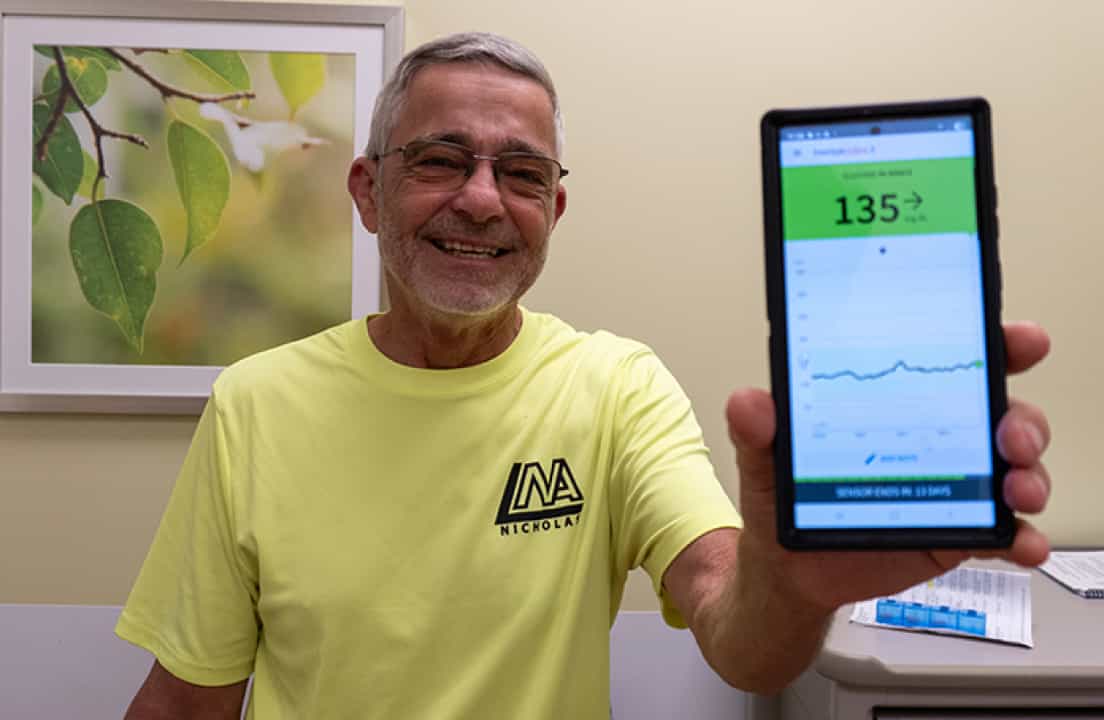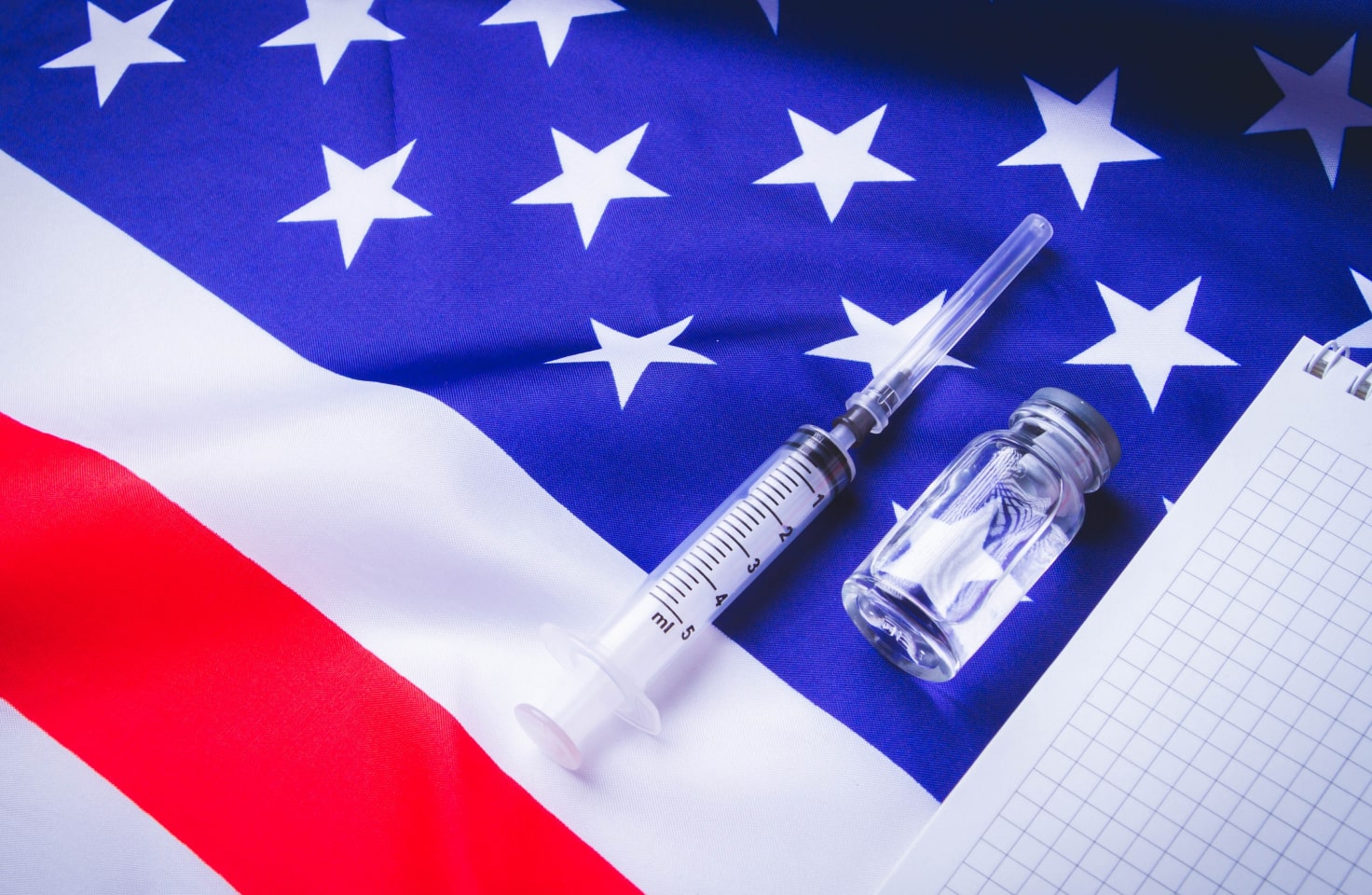T1D Guide
T1D Strong News
Personal Stories
Resources
T1D Misdiagnosis
T1D Early Detection
Research/Clinical Trials
Combatting Dawn Phenomenon
Dawn phenomenon, the natural blood sugar increase in the morning twilight, can occur in people with type 1 and 2 diabetes. Though frustrating to manage, there are ways to treat this hindering hyperglycemia and start your day off right.

Understanding Dawn Phenomenon
A year into my type 1 diabetes diagnosis, after the honeymoon phase had worn off and I was used to my routines, I noticed that my blood sugar would rise in the mornings, even if it had been lower the night before. I knew I didn't secretly wake up in the middle of the night to feast on some treats or do any anaerobic exercise — it was as if some occult hand had raised my blood sugar for me.
But after communicating with my doctor, we learned I was experiencing the dawn phenomenon, where blood sugar levels inexplicably rise in the early morning hours. While this may sound like some Halloween storytelling, even science is still not entirely settled on what causes the dawn phenomenon.
So, let's break down some of the top theories surrounding this seemingly random phenomenon and learn how science can sometimes be stranger than fiction.
Dawn Phenomenon Causes
Overnight Hormones
One of the most promising explanations for the dawn phenomenon is the increase of certain hormones in the body that encourage glucose production, leading to higher blood sugar levels.
Liver Production
Overnight, the hormones cortisol and somatotropin (also known as human growth hormone, or just HGH) are released during sleep. These hormones signal the liver to increase glucose production, a process called hepatic glucose production. The body does this to provide energy in the morning and encourage us to wake up.

For people without type 1 diabetes, the increase of these hormones would be negligible as the insulin their body produces would simply react to higher blood sugar and bring it back down. But, for those living with full reliance on insulin therapy, our bodies aren't going to produce extra insulin to bring sugars back down, leading to the dawn phenomenon.
Note: This isn't the only situation where hormones can sneakily raise blood sugar. Read here for more information on how blood sugar can rise without carbohydrates.
Nighttime Carb Snacks
While the increase of cortisol and growth hormone can account for the subtle cause of high blood sugar, it's essential to check your routines and dosage amounts in the evenings before bed to ensure that miscalculation isn't the culprit for higher morning blood glucose levels.
High-carb dinners, post-dinner desserts or a regular bedtime snack can also be the subtle cause of high blood sugar in the mornings.

Conversations with your endocrinologist and medical team about your eating habits and routines, especially in the evenings before bed, can help you understand the root cause of high morning glucose levels.
Insulin Dosage Timing
For people taking long-acting insulin as part of their insulin therapy, the timing can potentially lead to the dawn phenomenon. If you take your long-acting insulin in the morning, blood sugar may rise in the early hours as the long-acting insulin wears off during the night to prepare for the next morning’s dosage.
The Somogyi Effect
The Somogyi effect, also known as chronic Somogyi rebound or post hypoglycemic/hyperglycemia, is a theory surrounding dawn phenomenon that suggests that when blood sugar dips during sleep, the body produces hormones like adrenaline, cortisol and glucagon to raise blood sugar. It's a rebound effect as the body responds to low blood sugar levels with a surge of hormones that cause high blood sugar.
This causes blood glucose levels to surpass desired levels in the morning, leading to the high blood sugar. The Somogyi effect was initially theorized by and named after Hungarian-born chemist Michael Somogyi in the late 1930s, and since then, science hasn’t fully agreed that Somogyi’s theory is correct. While a full understanding of the dawn phenomenon is still being pursued, updated research considers overnight hormones and long-acting insulin wearing off as the more probable reasons.
Combatting Dawn Phenomenon
Even if we don’t completely understand the root cause of the dawn phenomenon, what we do know is that high glucose levels for people living with type 1 diabetes in the mornings is a real thing. Additionally, routinely high blood sugar can lead to higher A1C levels, ketones in the blood and, in drastic cases, diabetes complications, like a dangerous and potentially life-threatening condition called diabetic ketoacidosis (DKA).
So, here are some ways to combat the dawn phenomenon and better manage blood sugar levels in the morning.
Continuous Glucose Monitoring
The first step is to talk with your doctor and medical team. In the mornings, keep track of your glucose readings, whether with a continuous glucose monitor (CGM) or a finger prick—just be sure to log what number your blood sugar level is upon waking up to understand your trends.

Pro-Tip: Some continuous glucose monitors can provide trend views of your blood sugar for up to several months. Check in with your diabetes care team and start tracking your blood glucose levels.
The American Diabetes Association (ADA) recommends a CGM if you are experiencing the dawn phenomenon, at least to collect the most data possible. Blood sugar levels during the night might give more insight into the root cause of high morning blood sugar, and waking up in the middle of the night to a finger prick is pretty low on the list of ways to get a good night's rest.
So, a CGM, whether a permanent fixture in your life or a trial run for a few weeks, may be your best option for getting the most data about your blood sugar levels in the evenings and early hours of the morning.
Bolus Insulin and Correction Doses
Once you understand your blood glucose history well, work with your diabetes care team to use the data to see how best to combat your morning blood sugar level. My endocrinologist suggested a single dose of bolus insulin in the mornings when I woke up. I’m a late breakfast eater, so we weren’t necessarily worried about insulin stacking and my blood sugar accidentally falling.
But your doctor might suggest something else, such as a correction dose with breakfast or a dosage change for your long-acting insulin. Every person’s body is different, especially diabetic patients with type 1 diabetes. Connecting with your medical team can allow you to find the best insulin dosage routine to combat the dawn effect and regain some glycemic control.


.webp)





.webp)

.webp)
.jpg)




.jpeg)
.jpg)




.jpg)

.jpg)



.jpg)

.jpg)




.jpg)
.jpg)
.jpg)
.jpg)
.jpg)
.jpg)
.jpg)

.jpg)
.jpg)

.jpg)



.jpg)
.jpg)
.jpg)

.jpg)

.jpg)














.jpg)


.jpg)

















.webp)



















.webp)









.webp)